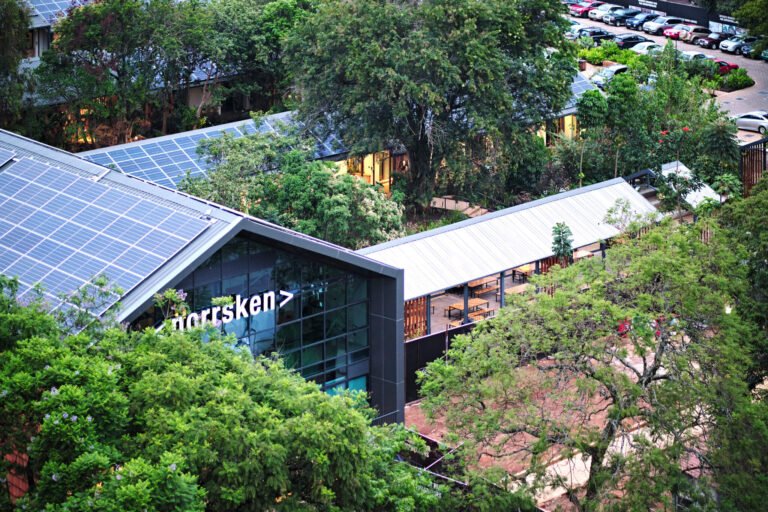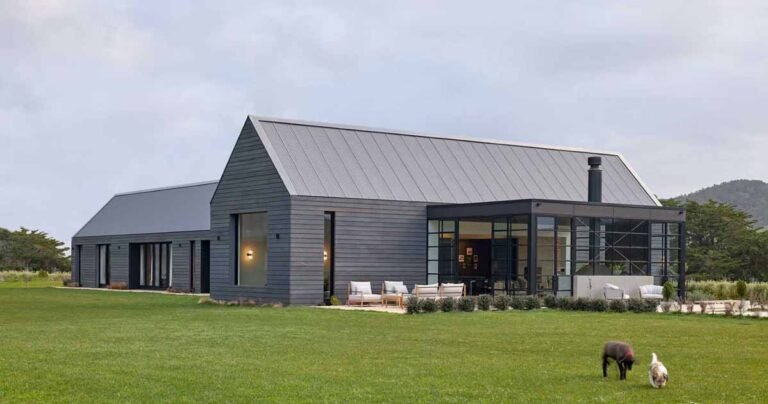Queer Spaces and the Path of Positive Possibilities Within Architecture: an Interview with Adam Nathaniel Furman
Queer Spaces and the Path of Positive Possibilities Within Architecture: an Interview with Adam Nathaniel Furman

“Growing up queer means experiencing the destabilizing absence of a broad and accessible queer history, most notably, in our case, in relation to spatial design”. This account is what intrigued artist Adam Nathaniel Furman and architectural historian Joshua Mardell to bring together a community of contributors who bring new perspectives to the field of architecture and share stories of spaces that challenge cis-heteronormative morals, sheltering lives that seek to live their own truths. The result of this quest is a book titled Queer Spaces: An Atlas of LGBTQIA+ Places and Stories, which explores stories about distinct social, political, and geographical contexts within the community.

To further understand the motivations behind the book and what it can offer architects, we talked to designer Adam Nathaniel Furman who shared with us his experience writing the book and how it has been influencing modern-day society. See the full interview, below.
Victor Delaqua (VD): In the text “Vespasiana”, the concepts of truth and fiction are both emphasized. Can you comment on the architectural importance of exploring all the stories that this book offers?
Adam Nathaniel Furman (ANF): The architectural canon that is taught in universities is extremely narrow and exclusionary. In that sense what is taught and canonized is as much a fiction as a truth; it excludes and denies parts of the reality of human experience. If you would like to express your identity in your work, and your identity doesn’t conform to the existing canon, it is important that you can access a history of those who are like you – as a foundation and reference for the spaces you wish to produce. For queer designers this is especially hard as queerness has, since the dawn of modernity, been held as the worst, most degenerate aspect of spatial creation and stylistic expression. Not only are there no accessible histories of great queer spaces and designers, but anyone wishing to operate within this queer lineage, anyone who wishes to utilize queer themes, is almost always hit with the weight of generations of ridicule and hatred that have othered queer themes as inherently, morally wrong in some shape or form.

While a lot of brilliant research has been produced on queer issues and spaces in the past two decades, our book stands out in consciously aiming to be an accessible, visually dense and plurally voiced set of case studies from around the world, and throughout modern history, that will provide design students with a tangible history of queerness in architecture. This is immensely powerful as it has the potential to provide a pedigree for the kind of work in architecture schools that otherwise has too often been laughed out of the room by (often immensely dull) cis-hetero academics, obsessed with their myopic vision of architecture as a space of internal conformity. The range of spaces presented in our book is important as it shows how queerness, as manifest in urbanism, architecture and interior design, smashes through the categories that universities normally use to define those areas, thereby setting up a new cross-disciplinary space for queer creative freedom.

VD: Why do you and your co-editor, Joshua Mardell, split the book’s content into domestic, communal, and public? How do these spheres interconnect and talk about queer life and its spaces?
ANF: We were as gentle as we could possibly be with the categorizations, wanting as much as possible for the spaces and their juxtapositions to speak for themselves. We approached the book in a kind of anti-Venturi-Scott Brown spirit; rather than being tourists in a space that has nothing to do with us, categorizing, labelling and diagramming everything like we’re on an architectural safari for easy consumption by an academic audience, the spaces are presented as they are, through a plethora of brilliant independent voices. The three categories are loose, with blurry edges. We intentionally mix geographies, chronologies and types. This results in constantly surprising contrasts, continuously highlighting the diversity and extent of spaces made by those within the LGBTQIA+ coalition. Spaces built by royalty are placed next to the stories of working-class queers; radical community organizations in South America are placed next to commercial events spaces in East Asia; spaces from past centuries are placed next to those of recent creation. The book self-consciously upends the idea of an atlas, by creating a queer geography and chronology, uniting – across time and space – those who have been kept apart.

VD: Something that emerges in many projects presented in the book is the fact that queer spaces undo some binary issues in architecture such as public and private. Do you have an opinion about this?
ANF: Queerness and its spatial manifestations, have often (and necessarily) occupied the gaps in-between, the hidden places. When they’ve been visible, they’ve often been partially camouflaged. Queer spaces often do not fit within conventional categories of architecture and its typologies.
So yes, there is a tendency for boundaries to be blurred, and binaries to be unwound, both by necessity, and also in spirit, since this quality of protean flexibility and joy in subversion is something that has gone from being a product of circumstance, to being a badge of honor. It is a way of being, and one that has thrilling and positive possibilities within architecture itself.

VD: We can definitely talk about Queer Spaces, but is it possible to talk about Queer Architecture? Is it possible to design Queer Architecture?
ANF: I believe so, yes, but it is just one thread within a broad and rich tapestry of queer spaces which are made in many different ways, not just through being designed in a traditional sense. As a queer designer, who has always designed queerly, produced queer designs, and presented them queerly, the question of queer architecture and spaces being designed by queer designers, is of great personal interest, and we have included several examples in the book. However it was very important to us not to weigh the publication too heavily with any one particular type of queer space; thus we include myriad approaches to the making/conceptualizing queer spaces, which in themselves act as representatives or stand-ins for many others like them. For instance, several archives are chronicled in the book, which are important representatives of the act of creating repositories of physical history for queer communities around the world. But due to limitations of space, many could not be included. Likewise, a select number of queer designs by queer architects and designers have had to stand in for many others, no less valid and significant.

VD: What can architects learn from this book?
ANF: Hopefully it will open up and broaden the horizons of architects who are not queer. For those who are, we hope it will prove a life-affirming and extremely powerful tool for them, as well as encouraging them to take up more space, to be prouder, and to produce work which is totally and unabashedly queer, newly mindful of the glorious lineage their work will sit within.


Click here to buy the book Queer Spaces: An Atlas of LGBTQIA+ Places and Stories.








